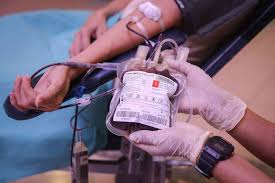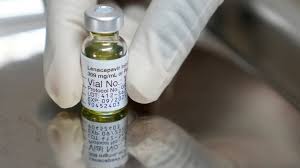A 53-year-old surgeon inadvertently ‘transplanted’ cancer from a patient to himself during a surgical procedure in a groundbreaking case reported in The New England Journal of Medicine.
The incident occurred when the doctor was operating on a 32-year-old man from Germany, who was diagnosed with a rare form of cancer known as malignant fibrous histiocytoma, a type of cancer that affects soft tissue, with only about 1,400 cases reported annually.
While attempting to remove a tumor from the patient’s abdomen, the surgeon accidentally cut his hand.
The wound was promptly disinfected and bandaged.
However, five months later, he noticed a small lump developing at the site of the injury and sought medical attention.
After examinations, it was revealed that this lump was a malignant tumor, genetically identical to that of his former patient.
Tests indicated that the cancer cells had likely entered the surgeon’s bloodstream through the cut on his hand during the procedure.
The patient had initially survived the surgery, but unfortunately, he later died due to complications.
The medical team involved in the surgeon’s case expressed surprise at the situation, noting that typically, the body mounts an immune response to reject foreign tissues during traditional transplants.
However, in this instance, the surgeon exhibited a notably ineffective antitumor response, allowing the cancer to develop in his body.
An extensive examination followed the identification of the tumor, which included various laboratory and blood tests, all of which came back normal.
Regardless, the surgeon’s tumor was removed, and subsequent microscopic analysis confirmed the diagnosis of malignant fibrous histiocytoma.
ALSO READ: Daughter & mother pass away within days after lobola food poisoning incident
After further investigations, it became clear that both the surgeon’s tumor and the patient’s cancer were genetically identical, prompting the physician overseeing their care to question the connection between the two.
They found that the tumors shared the same cellular structure, implying that the surgeon had unknowingly transferred cancer cells into his own body through the surgical cut.
The authors of the case report suggested that the tumor may have evaded the surgeon’s immune defense mechanisms through various means, which could include changes to molecular structures in the cancer cells or an inability of the immune system to identify and combat the tumor effectively.
Two years after the removal of his tumor, the surgeon showed no signs of cancer recurrence or spread. This unprecedented case has sparked renewed interest in medical circles and raised important questions about surgical safety and the immune system’s role in cancer development.










